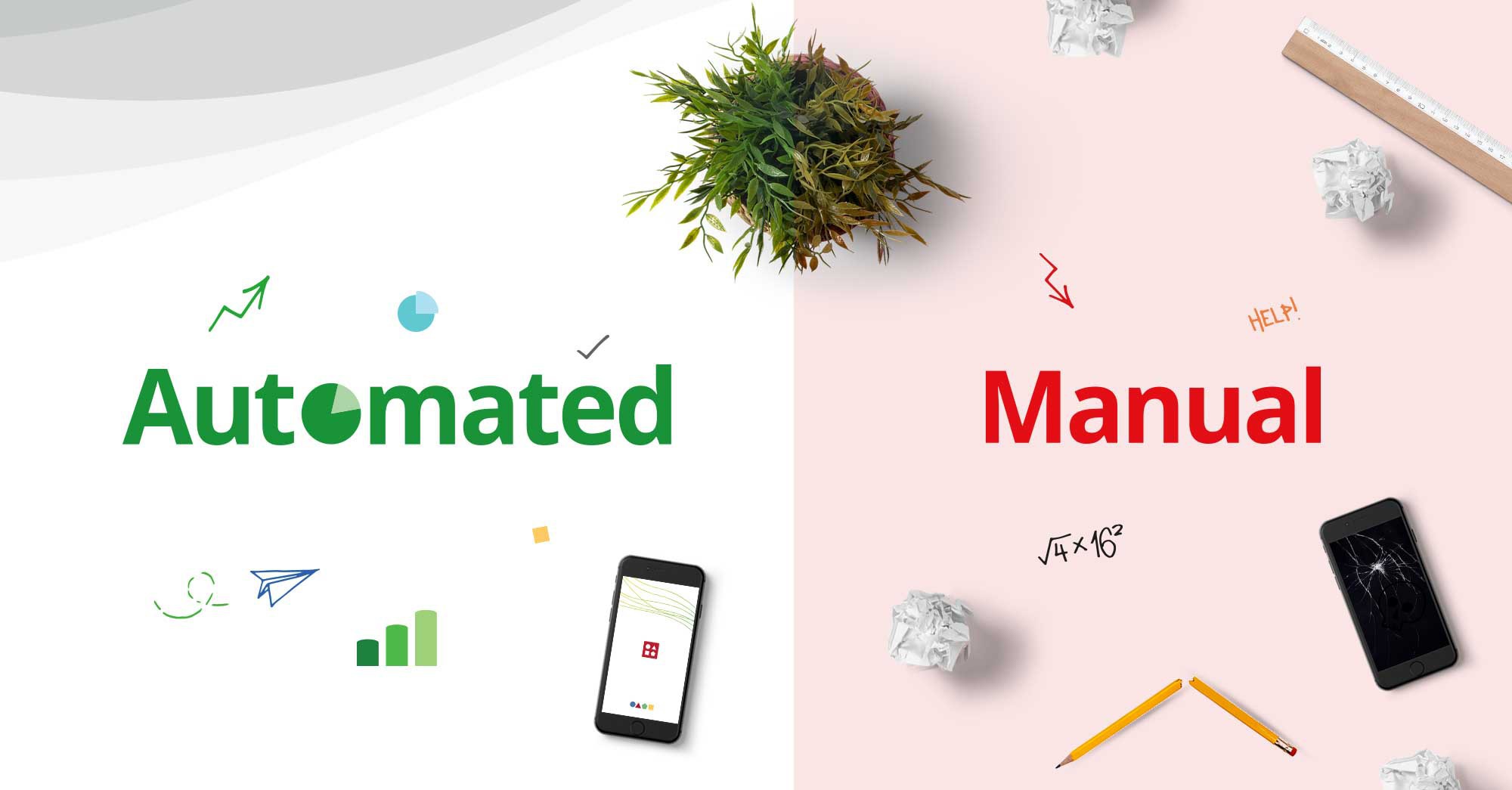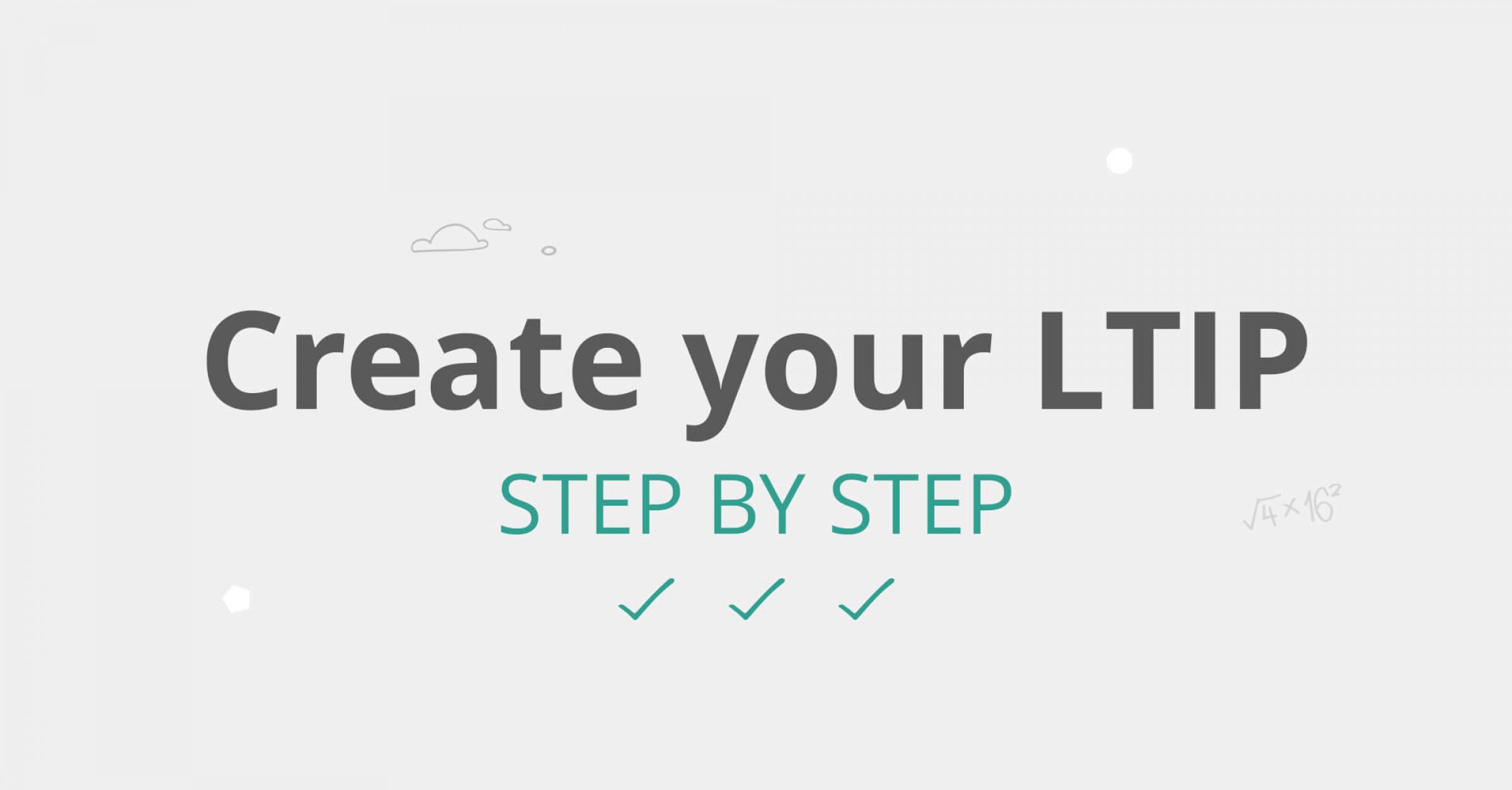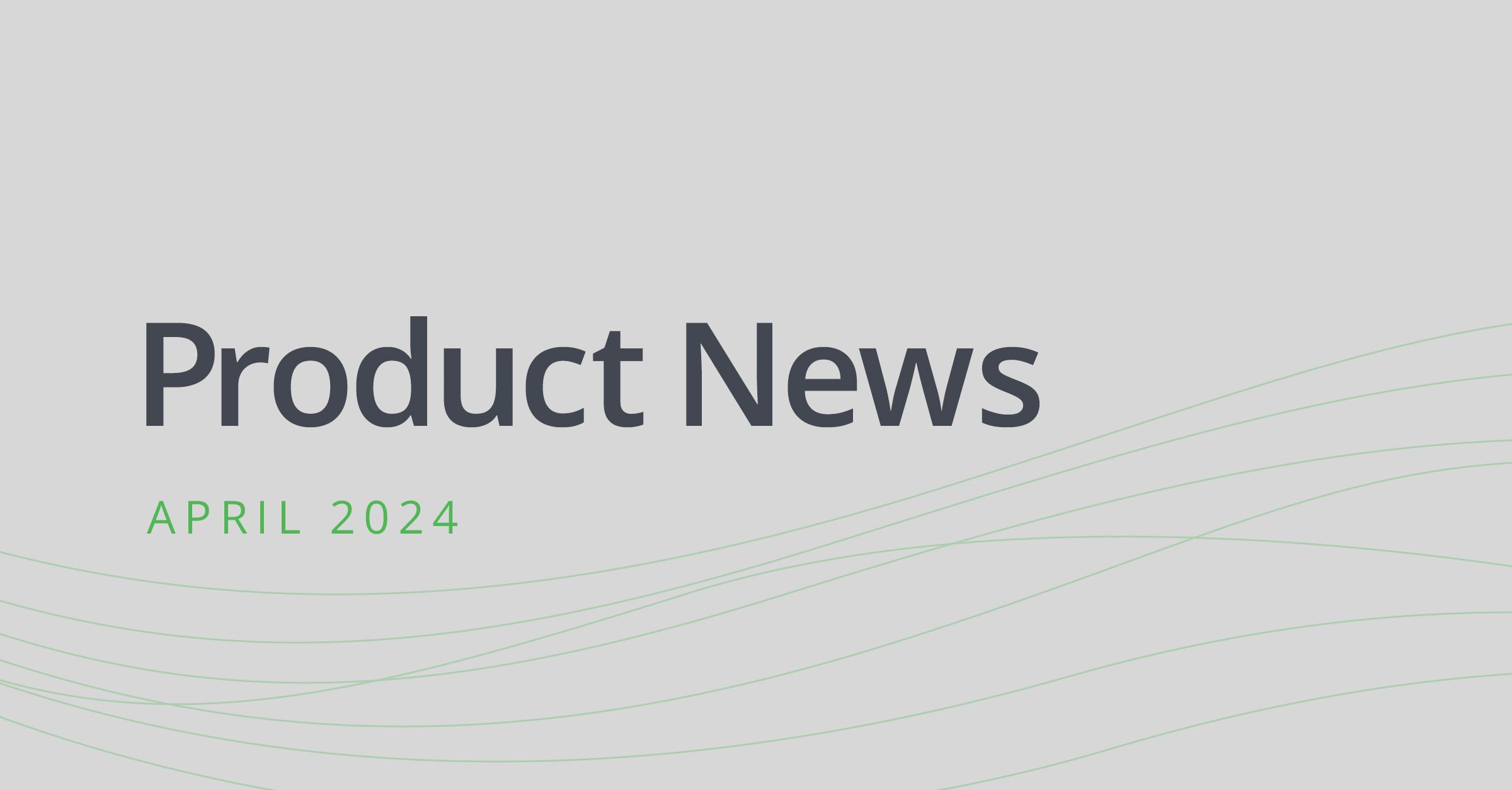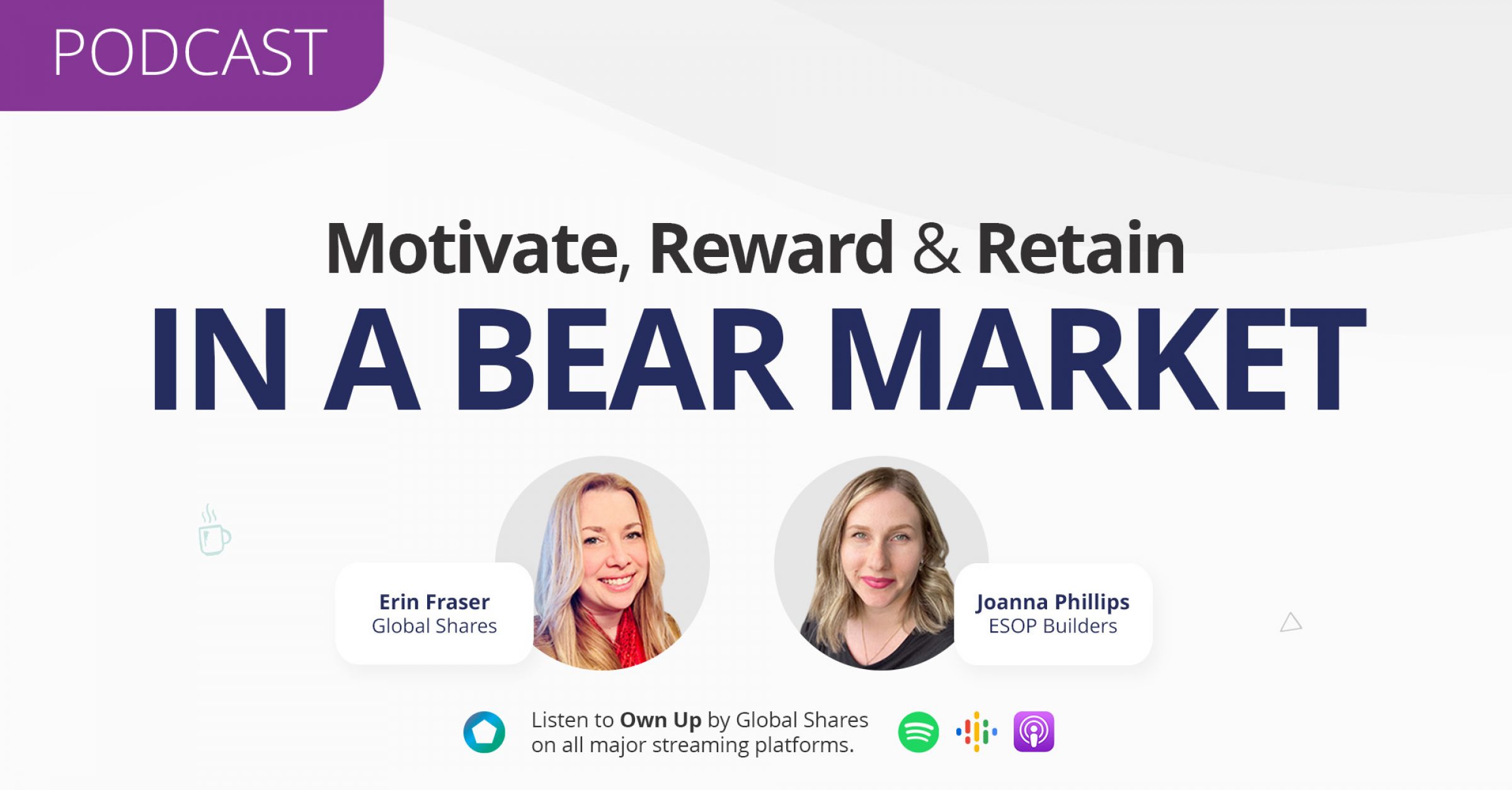Motivating your people, aligning their interests with those of the business, and making a positive difference on talent recruitment and retention – these are just a few of the key upsides that encourage companies to launch employee stock plans.
While getting to the point of formally introducing an equity plan can be the culmination of a lengthy process and a noteworthy landmark in its own right, the story does not end there.
It’s no easy task, but sometimes businesses can underestimate the sheer extent of the admin challenge involved or fail to consider that what seems manageable on day 1 may look very different on day 1000, by which time you might have launched additional plans and/or signed up many more participants, and thus significantly increased the workload associated with maintaining all relevant records.
In the past, businesses defaulted to keeping track of their internal stock plans through manual inputs on spreadsheets. When this was the only game in town, well, it was the only game in town. It was the way it was done and that was that.
Those days are behind us now, with automated software today offering a more efficient alternative, yet there are still businesses out there relying on spreadsheets and stressed-out HR execs staring at a sea of numbers on a screen, living in fear of accidentally pressing the wrong button on their keyboard.
It doesn’t need to be that way anymore. In 2023 there is little business justification for not going with an automated solution.
If you need further convincing, just consider this list of some of the risks and downsides associated with relying on manual input-based approaches to overseeing employee stock plans:
Manual Stock Plan Management
Human error
Mistakes will be made. It is inevitable. It’s not even a criticism, more of a statement of the obvious. Think about it – individuals manually maintaining an ever-expanding spreadsheet with increasingly complex information over a period of years. With the best will in the world, it is unimaginable to think that occasional errors wouldn’t creep in. Then, it becomes a matter of how long it takes to realize that errors have been made and then putting in however much time it takes to track each individual error back to its source. At some point, you may well eliminate every error in your spreadsheet, but you can only remain confident about the accuracy of the document in that precise moment. Once the manual updates resume, the cycle begins once more. Again, when this was unavoidable, you had to put up with it. Now, it is avoidable, so why would you choose to put up with it?
Scalability
As alluded to earlier, at the outset, a manual approach might seem practical. You may start off with a single, straightforward plan and a relatively small number of participants. However, over time things will become more complicated. Even in the absence of any other changes, keeping track of equity awards, vesting, and transactions will become increasingly demanding over time. Also, as time goes by and your company grows, you will most likely expand your equity offerings and attract more participants to established and new plans. All of this adds to the admin burden, and before long the challenge of staying on top of all relevant data will become far more demanding than it was at the outset.
Version control
When you rely upon a spreadsheet, you invite issues around version control. The document can be easily shared among individuals and so you can find yourself with multiple versions in circulation. This raises questions over having a “definitive” file. When multiple versions of the document bounce around the office, you run the risk of seeing some updates applied to one version, but not another.
Time and labor
At the risk of stating the obvious, a manual process is exactly that – manual. Your spreadsheet won’t update itself. Again, as stated above, that might not seem like such a big deal at the outset, but as the size of the data set increases so too will the time involved in recording all new and updated information, and ultimately, depending upon how you grow and expand your employee stock plan offerings, it can become a massively demanding task in its own right and thus come to dominate more and more of the time, attention, and energy of HR and other personnel, taking from the time that they will have to devote to other tasks.
Employee engagement
When your stock plan is managed through spreadsheets, it can be difficult for participants to fully understand how their stock is performing and how to make transactions. When participants don’t feel empowered or able to engage with their equity in a “hands-on” way, this can then impact negatively on their interest in the plan. When this happens, it runs contrary to part of what companies are usually trying to achieve with employee stock plans; namely, to boost employee engagement and align their interests with those of the company. If participants have difficulty understanding what is going on with the plan on a day-to-day basis and feel unable to engage with their equity as they would wish, then those outcomes become all the harder to accomplish.
So, having made the case against manual administration of employee stock plans, that begs the question of what exactly it is that automated solutions do differently. To put it simply, what makes software better?
In essence, stock plan/equity management software does everything that you seek to achieve with manual administration, but does so more efficiently and cost-effectively, all while eliminating the potential for human error inherent in the interaction between fingertips, computer keyboards, and spreadsheets.

Contrast the above with some of the benefits that flow from opting for an automated software solution:
Automated Stock Plan Management
Reduced admin burden
When you automate, you greatly reduce the time your people will need to spend on updating employee equity-related information. All that work can be done by the software. Using it, you can generate all necessary reports and coordinate all relevant events, such as awarding option grants. One of the main benefits that arise from this is that you will free up all relevant personnel who would otherwise be involved in manual activities related to the stock plan to devote their time and energy to other projects.
More efficient
One of the key impacts of automation is that it makes life easier for all involved, company and participants alike. Everything happens more quickly, allowing participants to complete action items with minimum fuss when they fall due. Meanwhile, the company can be more confident of the accuracy of all equity information, while also freeing up personnel who would otherwise be spending time on manual updates to focus on different tasks.
Improved user experience
A key element of stock plan management software is a user-friendly platform that allows participants to log in and view information and updates on and make decisions regarding their equity awards. In essence, participants get to manage their own equity. And once word spreads in your workplace that the platform makes for a satisfying experience, that may also have the effect of encouraging more employees to sign up to your plan.
Greater engagement
As a corollary of the point immediately above, when participants can interact with and truly feel invested in their equity, they are likely to make a connection between their own efforts and the fortunes of the company. This can translate into more loyalty, greater motivation, and improved workplace performance. On a practical level, once participants are plugged in and enthusiastic about their equity prospects, they will at the very least want to remain with the company for as long as it takes to make the most of their awards.
Single source of truth
Software removes the potential hazard associated with having multiple versions of a spreadsheet circulating around an office. Instead, you will one definitive version of up-to-date truth on every aspect of your company’s equity plan. This greatly reduces the potential for confusion and uncertainty.
Reduced potential for error
As discussed above, no matter how careful and capable the relevant employees are, when you rely on manual data inputs, the human factor means errors are inevitable, especially over an extended period of time. When you automate the process, you remove this layer of risk. Once the software is “told” what to do, it will do it over and over again as required, and without the risk of a human finger tapping the wrong key when entering a number into a spreadsheet cell.
Real-time data
When you use software, there is no time lag in generating data. Whenever you need information on any aspect of your stock plan, it is never more than a click of a button away.
Greater scalability
As your business grows and expands, so too will your stock plan offering. This can cause workload-related headaches when you rely on manual administration, but no such issues will apply when you use software. With automation, it doesn’t matter whether you have 50 or 500 or 5,000 participants – the process remains the same, and the software is programmed to perform that process, irrespective of the number of participants or plans involved.
The contrast between manual versus automated stock plan management is clear, or at least it should be.
The reality is that companies who initially opt for a manual, spreadsheet-based approach to equity plan management will most likely eventually come around to the idea of using an automated, software-based solution. However, they may only reach this conclusion after enduring many headaches – the near-inevitability of manual input-related errors and the massive time commitment to try to keep the plan up to date. Why put yourself through that? Better to avoid that aggravation by going down the software route at the earliest opportunity.
This, in turn, will lead you an equity management software provider such as Global Shares.
Our award-winning equity management platform is an automated and smart system, which simplifies administrative complexities. With a team of experienced equity professionals, we can cater to every plan complexity and award type. Looking to benefit from our solid experience and expertise in the field? Speak with us today.
Please Note: This publication contains general information only and Global Shares is not, through this article, issuing any advice, be it legal, financial, tax-related, business-related, professional or other. The Global Shares Academy is not a substitute for professional advice and should not be used as such. Global Shares does not assume any liability for reliance on the information provided herein.








